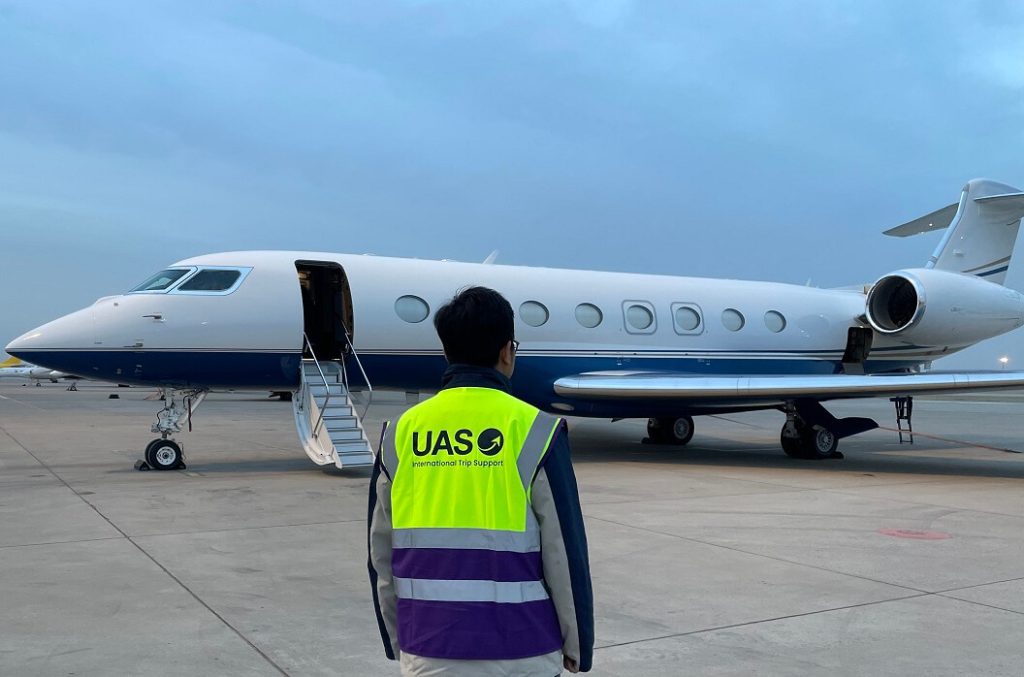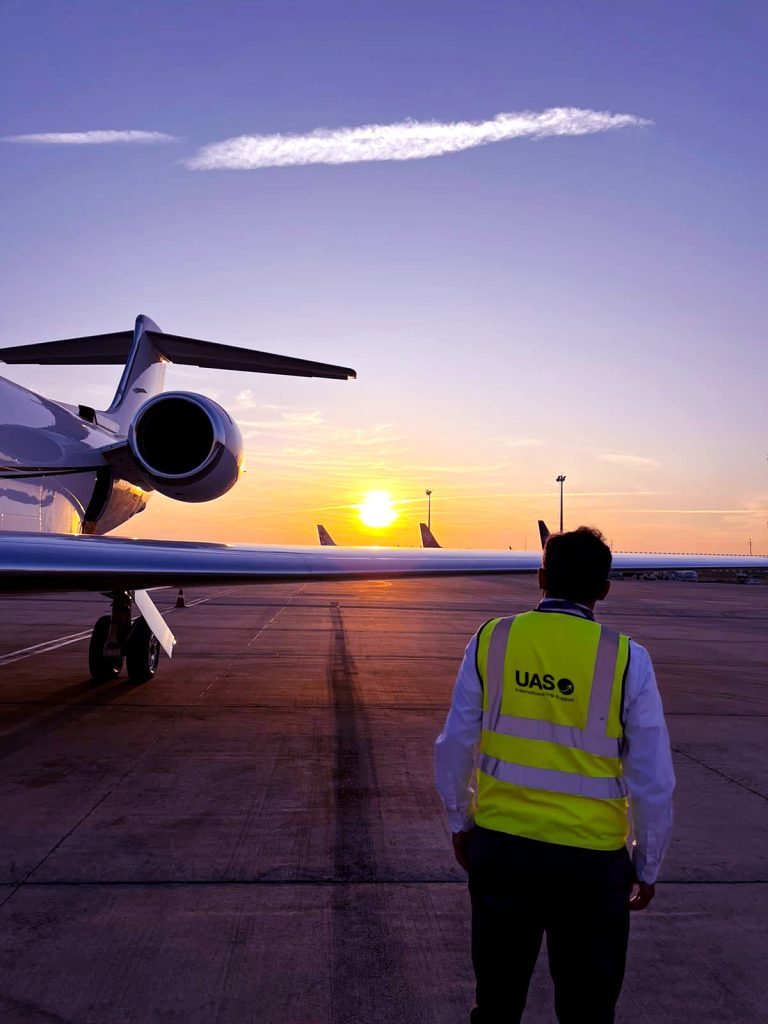Increasing numbers of U.S. travelers are taking their jets to Europe and Africa presenting operational concerns for pilots who may be unfamiliar with regulations and procedures on these continents.

Planning these trips effectively means not only do they have to ensure they are following the regulations for their home country, but they also must ensure they adhere to all the entry and departure requirements for the country or countries they plan to visit. Depending on the destination, there are often vast amounts of procedures to follow to ensure full compliance during the flight planning stage.
UAS understand the challenges U.S. pilots face when planning trips to Europe and Africa, it has been supporting international flight operations for over 24 years. Providing trip support on every continent on the globe, UAS has continental headquarters in Johannesburg, Houston, Dubai, and Hong Kong, regional offices in Abuja, Nairobi, and Beijing, three international 24/7 operations teams, and a team of VIP Supervisors capable of overseeing operations at any airport necessary. UAS also has aviation veterans on the ground in the UK, France, and Italy. In the U.S., UAS’ Americas headquarters is in Houston, TX.
Flying from the U.S. to Europe
Europe is always a busy destination, and this escalates during the summer months. Events such as the G7 summit in Italy, the Cannes Film Festival, F1, Oktoberfest, Wimbledon, The Champions League final, and additionally in 2024, the Paris Olympics and the European Football Championships will greatly contribute to the extra demand for slots and parking. Additionally, each country’s operational regulations differ, making planning missions to Europe especially demanding.
There are many aspects to consider. Firstly, landing permits in many western European cities require EASA TCO and a slot and part 91 and part 135 are differentiated (Part 91s will levy VAT and MOT). Non-scheduled operations require landing permits, but this doesn’t apply to private flights at European stations.
The availability of parking also changes from station to station in Europe, and seasonally too. For instance, Italy and Greece both experience parking shortages during the summer season because of restrictions that are already in place. Repositioning flights is a valid option when parking is running low.
It is recommended that operators apply for their service requests as much in advance as possible, and at least 15 days ahead of their trip. Another thing to consider is the possibility of fuel shortages or ATC strikes.
Regulations such as the UK GAR (General Aviation Report) which must be submitted via an approved online platform – the free-to-use sGAR service or other paid subscription services such as SkyDemon. Responsibility to check the travel documents of all passengers and crew on board lies with the Pilot in Command of the aircraft. Additionally, Advanced Passenger Information (API) is also required for some European countries including Ireland, Poland, and Turkey. Though the interface for each country will vary, the basic information required remains consistent: full name, date of birth, passport number, county of issue, and expiry date, nationality, and gender.
European Travel Information and Authorization System (ETIAS) is a system due to launch this year that will require travelers from visa-exempt countries, including the United States, to obtain pre-travel authorization before entering the Schengen Area. Because each country in Europe differs in terms of landing permit requirements, slots, cabotage, lead notice periods, and customs regulations, it is advisable to consult a trusted trip support provider that is well-versed in European operations and has ground presence there.
Trips from the U.S. to Africa
Like Europe, each African countries operational regulations differ which can make planning missions complex. The continent’s private aviation activity is constantly growing, and operations are consistently improving.
Restricted airport hours at some African stations, a lack of equipment availability and fuel shortages may also pose issues for operators. Though fuel supplies have improved there are still several locations in landlocked countries like the Central African Republic, Chad, Burkina Faso and Mali where occasional shortages and rationing of fuel persist.
But by far the most challenging aspect of operating in Africa is airport facilities. Basic GSEs as GPU, ASU, ACU and Loaders may be unavailable at some smaller airports, and this should be checked prior to arrival. There are few FBOs in Africa so private flights are often facilitated through main terminals which can sometimes diminish an otherwise great travel experience.
In terms of permits, processes have generally improved across the continent, although some countries still require an additional layer of approvals by the Military or higher authorities. Operators should be prepared for these additional layers to possibly add between 12 to 24 hours to processing times.
GOBD and GVAC are the best choices to consider for tech stops. Other great locations but not exhaustive will be FKYS, DNAA, HKJK, FCPP, FCBB, HAAB, FNLU, FYOA, FOOL, DXXX, HUEN, DGAA from Europe.
When it comes to health checks, there are still some requirements for Yellow Fever vaccinations. However, these are only mandatory for flights originating from certain known Yellow Fever endemic countries and recommended for travelers going into any of the endemic areas in Africa.

Depending on the country or area being visited, security is another thing to consider ahead of operations in Africa. It is highly advisable to discuss options with your trip support solutions provider.
UAS International Flight Support is a new CJP Patron Partner. For more information, visit www.uas.aero